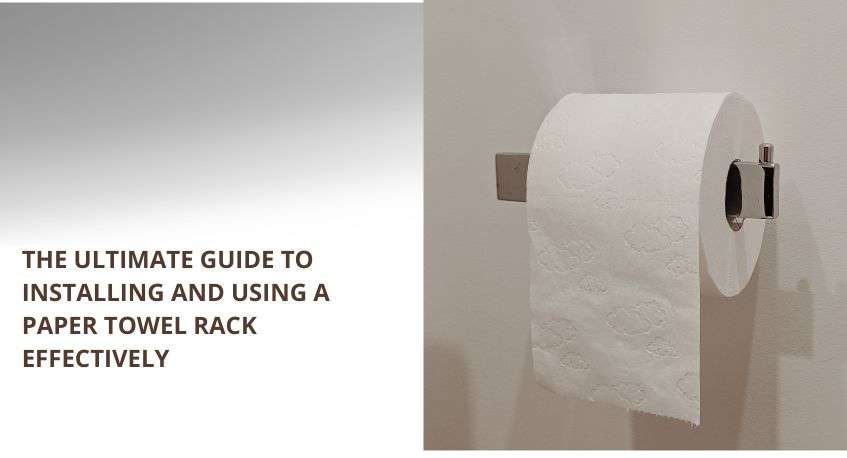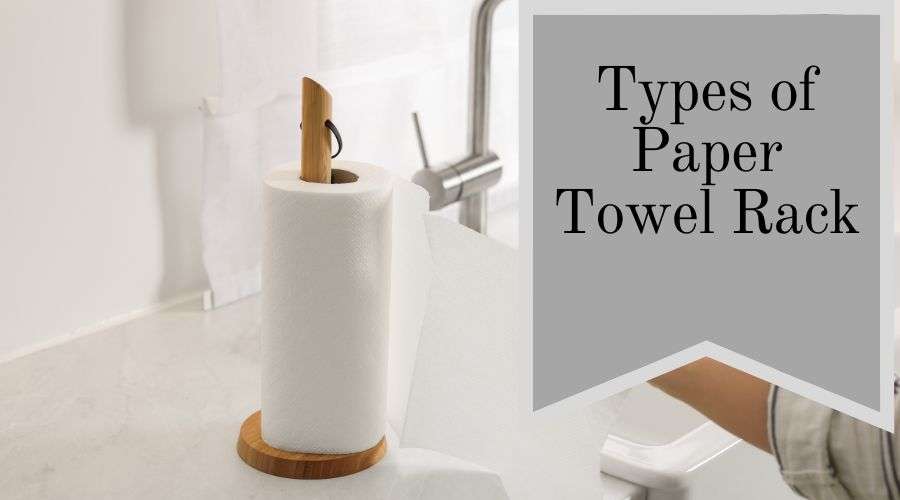
Blog

Sep 28,2023
Choosing the Right Battery Spring Material: A Comprehensive Guide
A battery contact spring is an essential component that connects the battery to the device so that power can be supplied to the device. A battery contact spring consists of two terminals, one positive and the other negative. Whether it is a simple device or a complicated machine that relies on replaceable batteries, battery contact is essential to complete a circuit and make the device functional.
Vital Factors That Determine Battery Contact Design
Battery contacts are available in an array of designs to complement a device's architecture. There are several important factors that need to be considered before constructing the right type of battery contact for a device. Let us take a look.
The Battery Dimensions
Battery size matters a lot in the design of the battery contact. A gadget that requires a bigger battery would need a different type of battery contact, while a small battery, like that in a TV remote, can function with a small battery contact spring connection.
The Amount of Power Supply Required
A small device that does not require high power does need contact with a wider surface area. Moreover, the battery contact should also provide a tight connection. This is not possible with a contact spring type.
Battery Position
Another important aspect that determines the battery contact is the circuit design. Some types of circuit design rely on surface-mounted batteries, whereas others function on in-built batteries. Hence, the battery position determines the type of battery contact.
Battery Contact Materials: Delivering A Functionality That Lasts
When it comes to battery contacts, the most widely used type is battery contact springs, which are used in numerous gadgets that operate on replaceable batteries. Whether it is a contact spring or any other type of battery contact, the material it is made of should provide superb conduction of electricity. Moreover, the battery contacts should also be long-lasting and have resistance against the external environment; otherwise, the gadget's functionality will be affected. Let us explore the wide variety of materials that are used to manufacture battery contact springs.
Stainless Steel
Stainless steel provides excellent electrical conduction. It comprises 70% real steel and 30% nickel and chromium to produce a stainless-steel alloy. The addition of chromium and nickel makes steel corrosion-resistant, ensuring that battery contact does not corrode with time. The downside of using stainless steel is that it is expensive and raises the manufacturing cost.
Brass
Brass is a versatile metal that can combine with many other metals to make alloys with different strengths and durability. This means that different kinds of brass are used to make a variety of battery contacts. The materials that combine with brass include nickel, phosphorous, tin, and aluminum. The most popular choice is zinc, in a composition of 30%, as it is the cheapest to produce.
Copper Beryllium
One of the most popular materials that is used worldwide to make battery contacts is beryllium copper. This alloy is composed of 98% copper and 2% beryllium. Beryllium copper is an alloy that is specially heat-treated to make it extra durable and hard. This enables it to withstand significant stress. It is also a superb conductor of electricity that is twice as phosphorous bronze. This combination of superior hardness and conductivity makes beryllium copper the ideal choice for making battery contacts.
Metallic Plating of Battery Contacts: Maximizing Connectivity
It is not enough to just make the right alloy, as many circuits require flawless conductivity. In order to boost the conductivity of the alloy, a final finishing involves metallic plating. Common plating metals include
Gold: Provides an extremely reliable connection that does not rust in even the toughest of conditions.
Nickel: Cost-effective material that provides a fine contact surface. This type of plating is excellent for welding and soldering, which is useful for surface-mounted contacts.
Tin: For battery contacts that are uniquely shaped and distinct from traditional spring contacts, tin plating is more suitable as the metal is soft and can be stamped easily compared to harder metals. It also resists corrosion quite well and is an ideal conductor of electricity.


